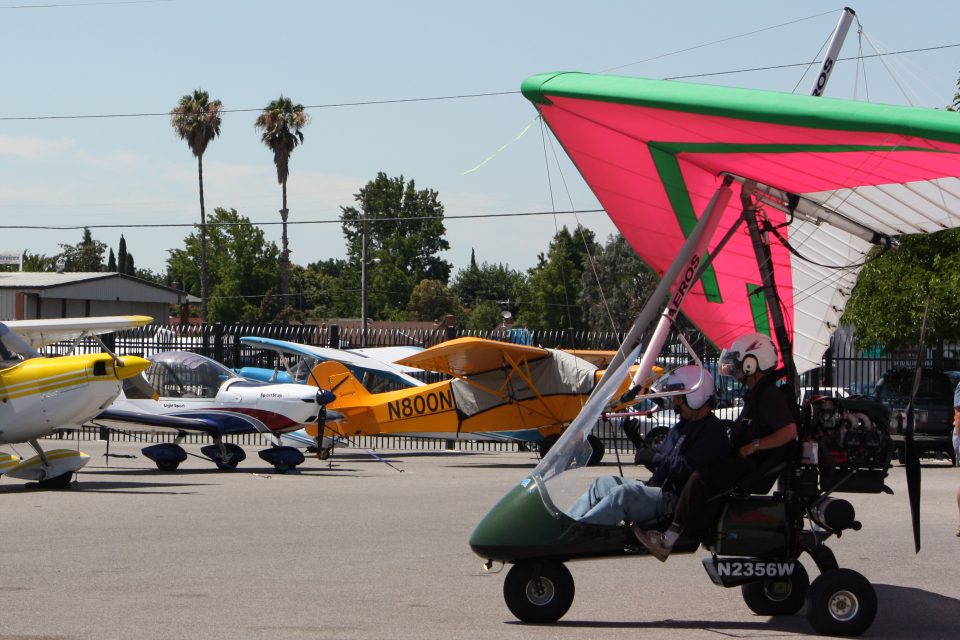Today, Civil Aviation Minister Jyotiraditya Scindia said that India’s air sports market has the potential to become a Rs 1,000 crore industry in the future if the government supports the industry’s growth.
Launching India’s first such mechanism, the National Air Sports Policy (NASP) 2022, Scindia said the country’s air sports market is currently around Rs 80 crore to Rs 100 crore.
He added that the government will also seek to develop a manufacturing incentive scheme to enhance the manufacturing of air sports equipment to make India one of the top air sports countries by 2030.
As part of the new National Air Sports Policy for 2022, the government has established the Air Sports Federation of India (ASFI), with a four-tier structure. ASFI is an autonomous agency under the Ministry of Civil Aviation.
Each association under the federation can represent more than one sport, and the press and secretary of each association will have voting rights in ASFI as full members.
The policy aims to provide India’s safe, affordable, accessible, enjoyable, and sustainable air sports ecosystem.
Under the policy, aerobatics, model aviation and rocketry, amateur-built and experimental aircraft, hot air balloons, drones, gliding and powered gliding, hang gliding, and powered hang gliding, skydiving, paragliders and paramotors, powered aircraft and rotors aircraft (including rotorcraft) will be governed.
The government will also periodically revise the sports covered by the NASP to add more air sports covered by the policy.
According to NASP, the air sports event will be coordinated with the air traffic control (ATC) authorities responsible for providing air traffic services in their respective airspaces, as it could conflict with the operation of other manned and unmanned aircraft.






